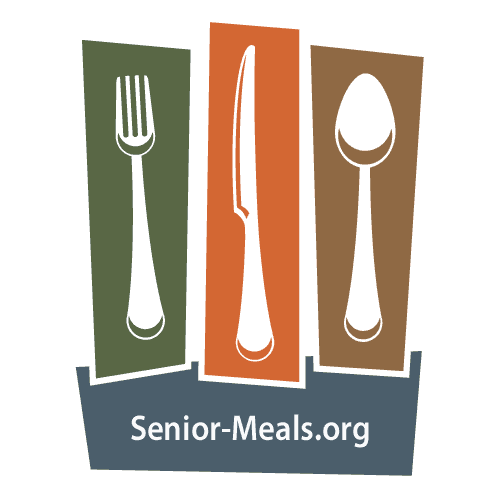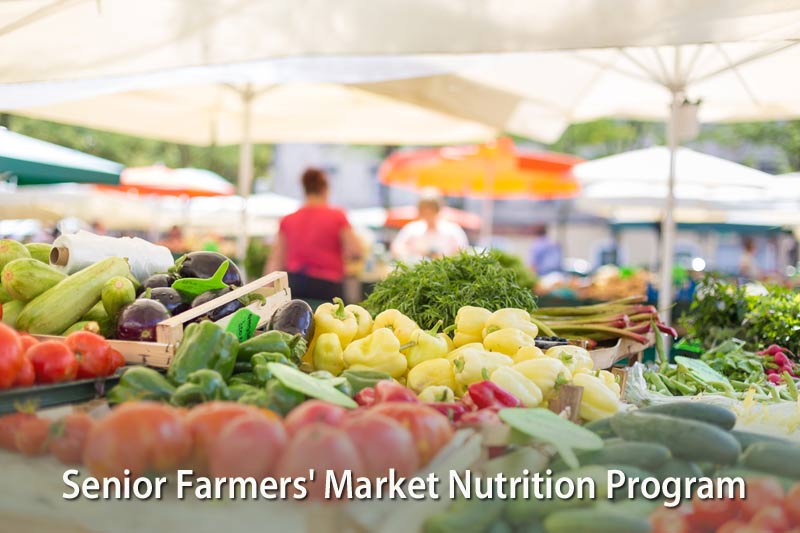SFMNP - Senior Farmers Market Nutrition Program
What is the Senior Farmers' Market Nutrition Program?
Food insecurity is a serious concern that affects people in every state. Discussion of this issue is often centered around the needs of children, but the elderly are also vulnerable. Without proper nutrition, people do not have the ability to fight illness and stay healthy. To combat the issue of food insecurity in the senior community the Department of Agriculture is working with state agencies to reduce hunger.
About 8.3 percent of the elderly population in the United States experiences food insecurity every day, and many others are in danger of falling into this category. The percentage of people living with hunger continues to rise almost every year. Currently, about five million of food insecure seniors receive some assistance through the Supplemental Nutrition Allowance Program (SNAP), but this help only averages about $100 per month.
Another five million people are eligible for assistance but do not currently participate in the SNAP program. There is no way to know how many of the people that fail to participate, do so willingly, or are just unaware of their eligibility.
Creating a Solution
The Senior Farmers' Market Nutrition Program (SFMNP) was established to provide grants to states to allow them to direct the money where it is most needed in each community. The money from the fund is used to help seniors in need to have access to the healthiest food options available to them. Coupons or vouchers are given to the seniors for them to exchange for food at any participating local farmers' market, farm stands or directly from a participating farmer. The coupons can be used to purchase fresh produce, herbs, and honey at these locations.
Accessing the Program
Seniors that wish to take part must contact either their state agriculture department or their local Agency on Aging to apply. To qualify the applicant must be 60 or older and have an income that is less than 185 percent of the U.S. Poverty Guidelines. Seniors that are currently part of the CSFP (Commodity Supplemental Food Program) or participate in SNAP do not need to complete an application to qualify. These individuals can contact their local benefits office to find out how to obtain their coupons.
Spreading the Wealth
Each state and U.S. territory has the right to decide if they want to take part in the program. The SFMNP is available in most states and Puerto Rico, but not necessarily in all areas of each state. In some states, the coupons are only distributed within federally recognized Tribal communities. Colorado participated in the program in the past but has opted out since 2014. Utah, Idaho, and Wyoming do not take part at this time.
Following the Schedule
The goal of the program is to aid both the development of local farmers' markets to help increase healthy food access in all communities as well as to help seniors in need of food and better nutrition. For this reason, the vouchers provided are valid within a specified area and are only on food produced within the borders of the state supplying the voucher. To coordinate the vouchers with the growing season, the program operates from May through October. All vouchers expire at the end of each year or become unusable once local products are no longer available.
Developing New Skills
State SNAP and WIC offices offer similar programs in many states as well. These groups along with SFMNP also use part of their funding for nutrition education. Local communities manage this opportunity differently, but many provide free workshops and recipe cards and other printed materials that help the recipients learn how to prepare and preserve their fresh items so each participant can gain the most benefit from the produce they receive.
Improving the Program
It is estimated that approximately 840,000 seniors receive the SFMNP coupons each year with an average 85 percent redemption rate across the country. The rates vary in all regions, but local educational programs and advertising seem to help. Some states and communities are adding to the program by matching their allocated funds. This is something that many SNAP and WIC programs also offer as well.
With these programs, the participant receives a bonus when they use their vouchers so they can get additional free products while at the market. In some instances, the bonus doubles their benefit. Senior entertainment and educational programs held at farmers' markets have also been successful at encouraging elderly recipients to attend and learn more about the program.
Searching for Solutions
One of the main reasons why so many people fail to participate in these programs is because of transportation and mobility issues. Almost one-third of the seniors that are labeled as food insecure are disabled, and many others are currently caring for grandchildren that are also at risk of nutritional deficiencies. Trying to reach these individuals and families and provide solutions that work for them is a continuous challenge.
The federal government currently provides approximately $20 million from the annual Farm Bill for the SFMNP vouchers, and that amount is divided between all of the states participating in the program across the country. Each recipient receives between $20-$50 in benefits each year from the program. While the amount is small, the program is considered a success because it has increased senior participation in the market, provides the elderly with the opportunity to socialize and has helped thousands of farmers and markets to gain more revenue.




